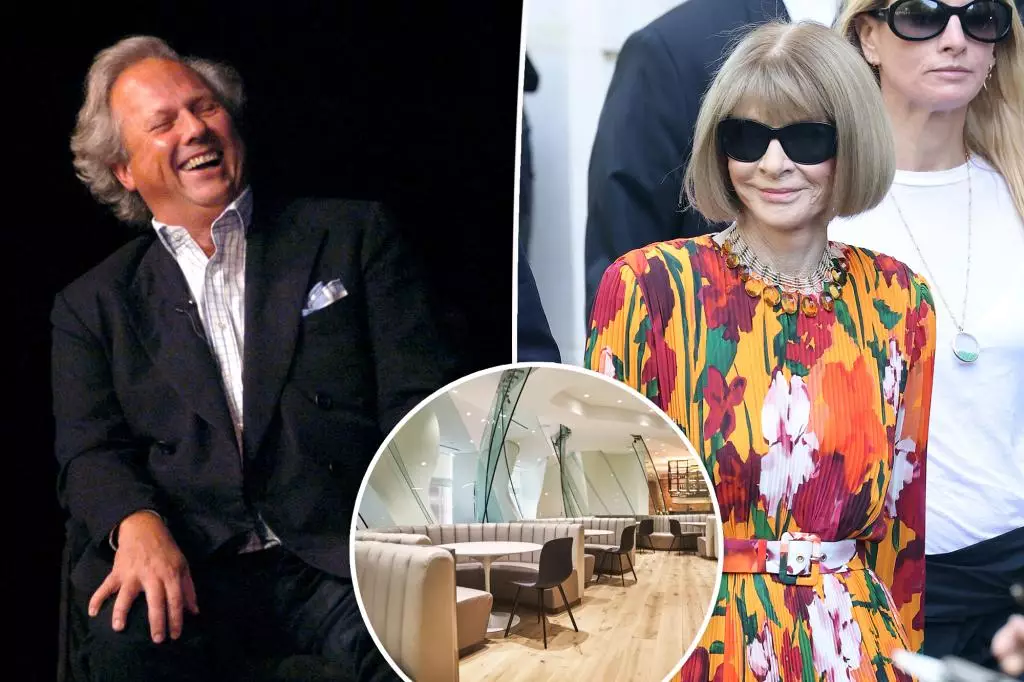In the world of high-profile publishing and media giants like Condé Nast, spaces are more than mere functional areas—they are carefully curated symbols of power, innovation, and cultural identity. The legendary cafeteria designed by Frank Gehry exemplifies this phenomenon. Originally conceived as a strategic move to ease staff transition and reinforce corporate prestige, the cafeteria’s architecture reflected an ambition to create a mythic space that could influence perceptions internally and externally. The deliberate choice of avant-garde design, with titanium panels and insidious Miró-reflecting elements, served as visual cues of the company’s cutting-edge status and a statement about its cultural positioning. These spaces become more than just places to eat; they are venues that shape narratives, reinforce hierarchy, and augment the company’s influence within the media landscape.
Spaces as Power Symbols
Once regarded as one of the most scrutinized corporate cafeterias in the world, Gehry’s design exemplifies how physical environments act as extensions of corporate power. The selectiveness of the design, from luxurious Venetian glass to bustling, colorful tabletops, fosters an environment where elite gossip and strategic conversations thrive, fueling the behind-the-scenes maneuvering that sustains media empires. Companies invest exorbitant sums—reportedly up to $30 million—to create these emblematic spaces, knowing their true value lies in the perceptions they cultivate. Such environments serve as a silent language of influence, where aesthetics and spatial design communicate values—perfectionism, innovation, and exclusivity—without uttering a word.
The Cultural Significance Behind Rituals
The cafeteria’s history underscores a deeper understanding of how rituals and environments cement corporate culture. For decades, Vogue staff bypassed the cafeteria in favor of exclusive social outings, signaling a culture of exclusivity. The reintroduction of the space for book launches hints at a longing to reconnect with that mythology—a belief in the space as a site of power reinforcement. The deliberate choice to ignore the functional purpose of the space and instead focus on how it bolsters the brand narrative reveals an acute awareness of the materiality of influence. When design is deployed strategically, it can serve as a locus for reinforcing internal cohesion and projecting prestige outwardly, turning mundane acts like dining into symbolic acts of allegiance and status.
Architectural Opulence as a Tool for Psychological Impact
Frank Gehry’s benches and mirror columns weren’t just about aesthetic appeal—they were calculated psychological tools. The distorted mirrors subtly manipulate self-perception among employees and visitors alike, tethering their identity to a carefully curated image of glamour and sophistication. These architectural choices demonstrate how space influences perception, inducing feelings of superiority or belonging. Condé Nast’s investment in such design features underscores a strategic understanding: environments shape behavior, reinforce hierarchy, and cultivate the desired corporate mythos. When interior design aligns with strategic objectives, it becomes a potent form of corporate storytelling—pervasive, subconscious, and profoundly influential.
A Reflection of Broader Cultural Dynamics
The story behind this cafeteria is a microcosm of larger societal trends—where spaces and symbols serve to reaffirm class, influence, and status in increasingly subtle ways. In elite industries, architecture and design are tools of soft power that extend far beyond aesthetics. They send messages about who belongs and who holds influence, both within the company and across society. The costs of these spaces are investments not only in physical comfort but in the intangible realm of perception, reputation, and authority. For those seeking to understand the true power dynamics within elite media organizations, paying attention to these symbolic environments offers invaluable insights into how influence is crafted, maintained, and celebrated.

